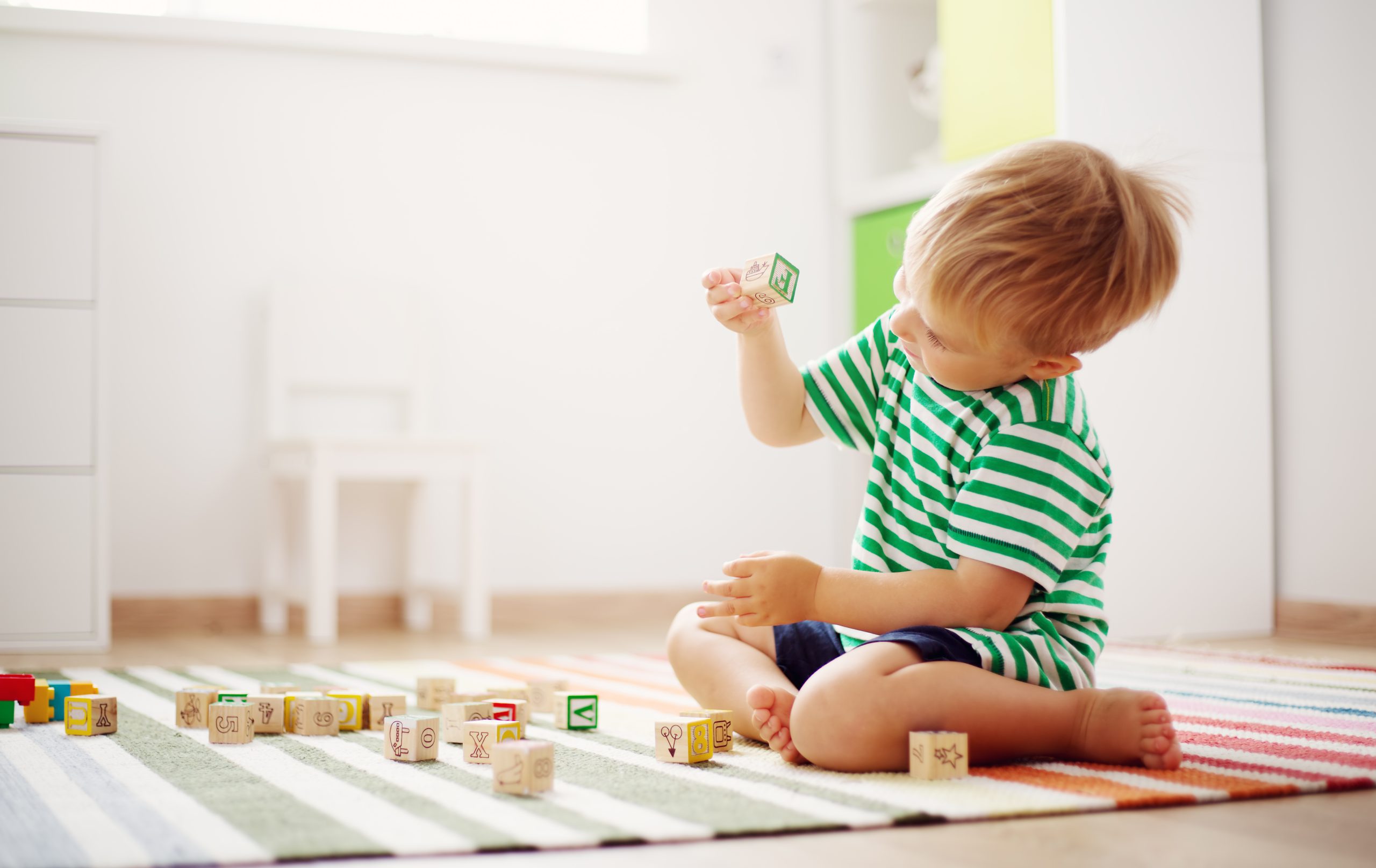September is Childhood Cancer Awareness Month.
Each year, more than 15,000 children are diagnosed with various forms of cancer. The average age of children diagnosed is just six years old and 12% of all children with cancer do not survive. Cancer is the leading cause of death by disease for children under 15 years old in the United States.
While some cancers are a result of genetics, others are caused by environmental factors. Children are particularly vulnerable to toxins, as their immune, neurological, endocrine, and other bodily systems are still developing. Studies show that even minimal exposure to toxins during critical periods of development can lead to cancer, as well as infertility, learning disabilities, and other serious health problems later in life.
Fortunately, there is an up-side to all of this. We each control what we put in and on our bodies, and being aware of the toxic ingredients found in many everyday products is the first step in keeping our children safe. Step two is avoiding them.
So while September is set aside for increasing visibility of childhood cancer, we also want to give attention to methods for prevention, including toxins to avoid. Here are just four common ingredients to steer clear of in order to reduce your children’s exposure to potentially cancer-causing toxins:
- Flame retardants: Studies show that flame retardants in pajamas, bedding, car seats, and foam baby products like nursing pillows and nap mats appear immediately in the bloodstream and urine and can lead to long-term effects like endocrine disruption, lower IQ, ADD, fertility issues, and cancer. And the really bad news? These chemicals can’t even prevent fires!
Switch to 100% cotton or wool pajamas and bedding, or place an organic or wool topper on top of a regular mattress to minimize exposure. Avoid foam baby products when possible.
- Phthalates: Fragrance in cleaning and personal care products and plastics contain phthalates. These known endocrine disruptors are linked to breast cancer, birth defects, reduced fertility, developmental disorders, asthma, and increased allergic reactions.
To avoid phthalates, go for fragrance-free cleaners and personal care products, look for baby bottles with nipples made from hospital-grade silicone, and skip plastic food containers.
- High-risk pesticides: Found in bug repellent, disinfectant cleaners, hand soaps and the residues in non-organic produce, high-risk pesticides, herbicides, and insecticides have been found to be partially responsible for the 25% increase in childhood cancer rates since 1975. Pesticides can cause other health problems as well, such as birth defects, nerve damage, and other issues that could occur over a long period of time.
Pass on the pesticides by buying organic food when possible and reduce the daily use of disinfectant cleaners and hand soaps.
- Formaldehyde and formaldehyde releasers: Formaldehyde is linked to cancer and is considered a known human carcinogen. It can also cause allergic reactions, joint pain, headaches, and immune dysfunction. It’s found in products like shampoo and liquid soaps. This toxin is sometimes added directly to personal care products, or certain preservatives may release it over time in small amounts.
Check the ingredient lists on the products you shop for and avoid those with formaldehyde, quaternium-15, DMDM hydantoin, imidazolidinyl urea, diazolidinyl urea, polyoxymethylene urea, sodium hydroxymethylglycinate, 2-bromo-2-nitropropane-1,3-diol (bromopol), and glyoxal.
There’s More
While the toxins above are certainly worthy of your attention, there are still more to beware of. Consult our list of ingredients to avoid when shopping for home and personal care products for your family. These toxins are found in everything from makeup, moisturizers, bath and shower products, and diaper rash ointment, to laundry detergent, dish soap, stain removers, surface cleaners, and more.
Don’t wait for a dire diagnosis to make the change to fresh, safe, and toxin-free. After all, there’s no time like right now to be proactive about the health and safety of ourselves and our loved ones.
Resources:
Galvin, Gaby. (28 Jun 2018). Where Childhood Cancer Hits Hardest. U.S. News & World Report.
(27 Sept 2016). 4 Hidden Household Toxins You Should Be Avoiding (Especially If You Have Children). mindbodygreen.
Childhood Cancer Statistics – Graphs and Infographics. CureSearch for Children’s Cancer.

